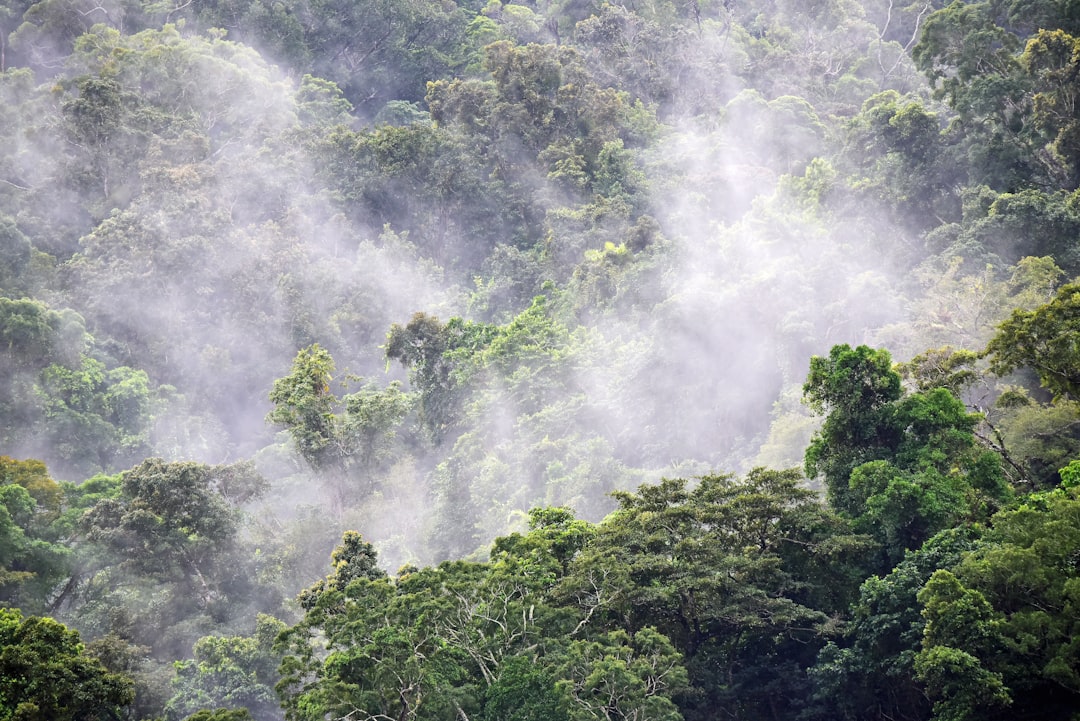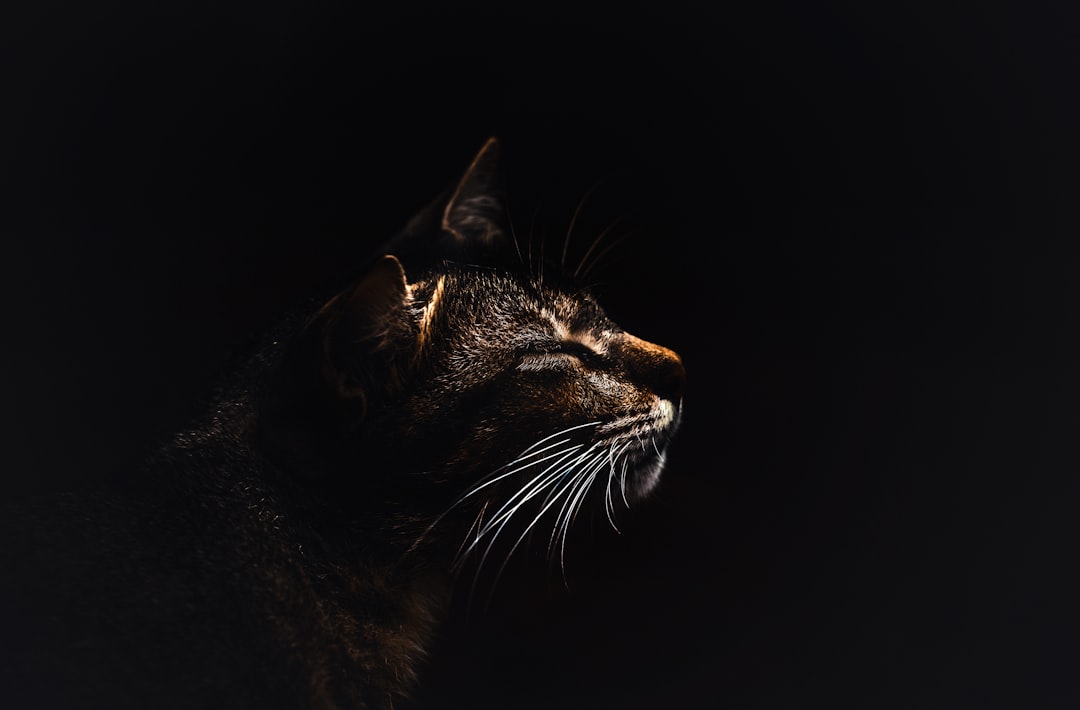What is it about?
To date, the relationship between continuously increasing land cover disturbance and changes in wildlife populations has largely been overlooked in the conservation literature. We link rates of change in land cover to change in a predator-prey system. Wolves and moose appeared to have opposite responses to incremental land disturbance with the balance between moose decline and wolf increase shifting at about 43% of land cover disturbed. Moose declined in landscapes with high rates of land cover change and <43% overall disturbance, while wolves increased in these landscapes. The opposite was true in landscapes >43% disturbance. We show that ecosystem responses to human-caused land disturbances shift across a range of disturbance levels.
Featured Image
Why is it important?
Our results suggest that conservation decisions need to consider not only the amount of disturbance in a landscape but also the rate of disturbance because both of these factors have consequences for moose and wolf populations and their relationship with each other.
Read the Original
This page is a summary of: Conservation of wildlife populations: factoring in incremental disturbance, Ecology and Evolution, May 2017, Wiley,
DOI: 10.1002/ece3.3015.
You can read the full text:
Contributors
Be the first to contribute to this page










